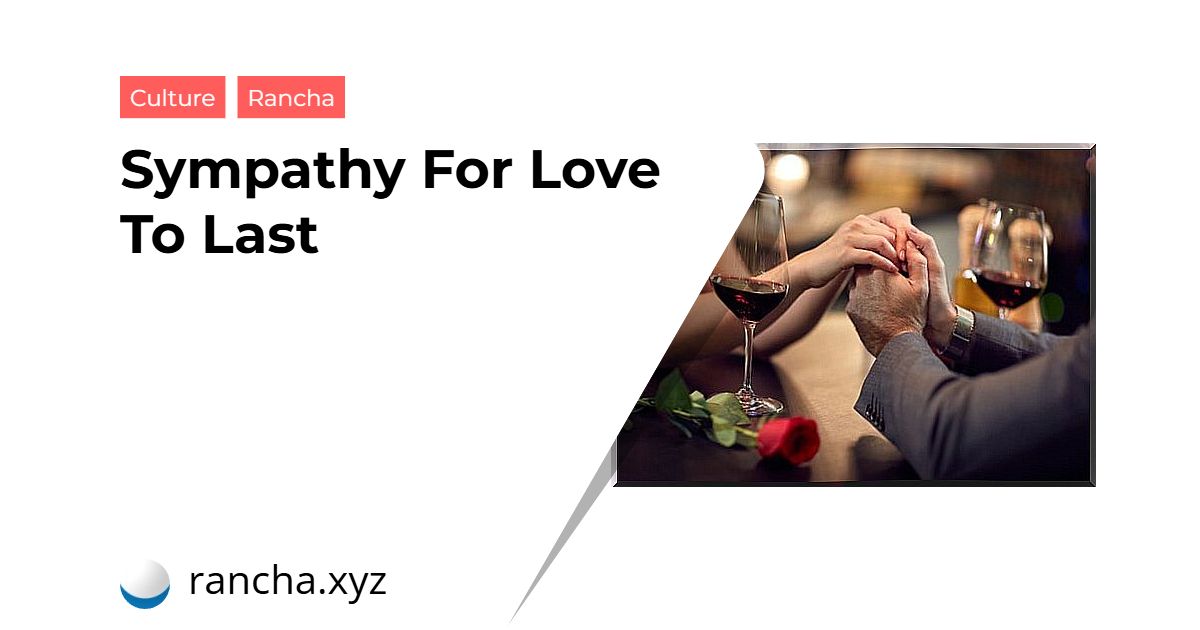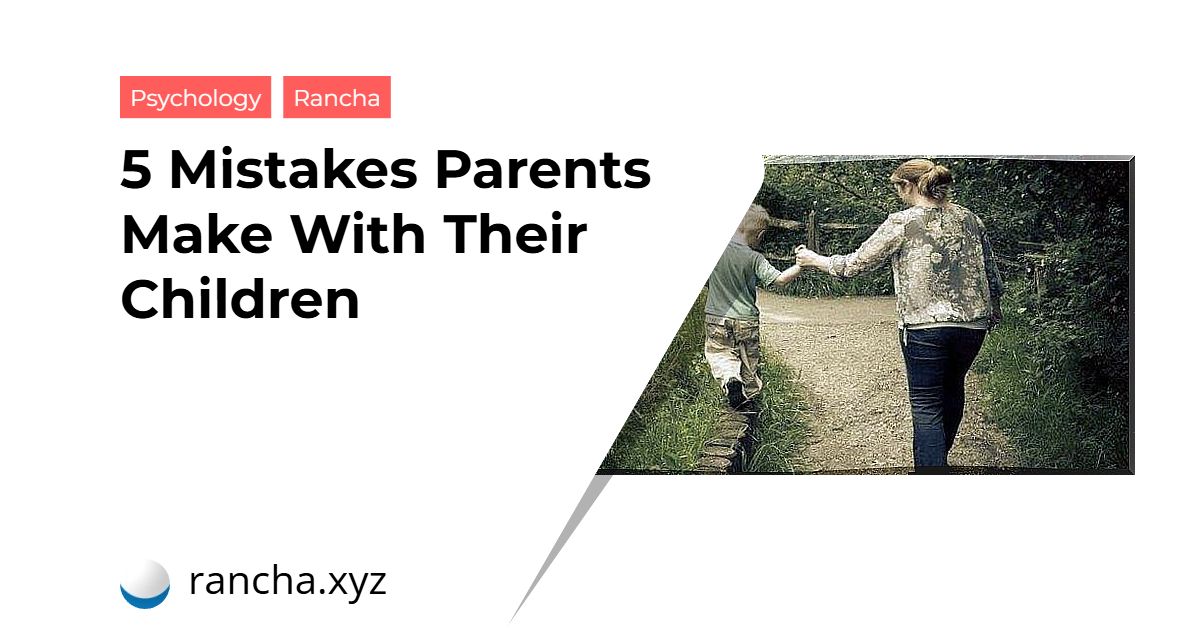Although it may seem contradictory, the irrational fear of being happy exists and is known as kerosephobia. It is a fear that possibly has a lot to do with anxiety and prevents us from engaging in activities that bring us happiness.
If we stop to think about it carefully, we will find that we occasionally observe this phenomenon in other people or in ourselves.
The term could have its origin in the Greek χαρά – joy, joy, joy- and φοβία – fear, dread-, although it is complex to trace the origin of the word, since the disorder it designates is not found in the Diagnostic and Statistical Manual of Mental Disorders (DSM, in its acronym in English).
Who is afraid to be happy?
People who suffer from kerophobia tend to reject situations in which the feeling of joy is implied. This does not mean that they want to be unhappy or sad. On the contrary, people with kerophobia reject happiness because it is accompanied by sadness, and being sad is not what they are looking for.
Whether because happiness is not permanent or because exhibiting happiness can show those around them that they are not happy, a kerophobe would reject going to a social event in which they would feel happy or any situation that somehow evokes a sense of good. be.

They also tend to withdraw and avoid any kind of positive change in their lives. In short, they move away from any possibility that invites them to feel good, happy and with a certain well-being. So some of your most common thoughts are:
- “If I’m happy, something bad will happen to me later.”
- “Showing happiness is bad for me and also for others.”
- “Being happy wastes my time and effort”.
In addition, it is common for this type of person to become defensive and unconvinced in interactions with other people. They are often insecure as they do not control their emotions and insecurities very well. Thus, this accumulation of negative emotions can lead to rejection of fun and, therefore, happiness.
Examples of Events Someone With Kerophobia Wouldn’t Go
If you know someone with kerophobia, try to consider that inviting them to certain social events may generate an argument or annoyance on their part.
A clear example is birthdays. In this type of celebration, the center of attention is someone else, but positive and fun emotions are expected from others , something that a person with kerophobia is not willing to show. Likewise, a family meal will also be a source of stress for him.
Business dinners, lunches with friends or other types of social gatherings are also examples of situations rejected by a kerophobe. In short: any occasion that is a meeting of people.
Although our tendency is not to invite this person or not to attend an event where they will be so that we are not worried, annoyed or “feeling ashamed of others”, the solution is far from that.
How To Overcome Kerophobia
As it is not a clinically recognized disorder, there is no specific treatment for it. Despite this, it is advisable to consult a mental health specialist. A psychologist may recommend exercises that benefit the kerophobe, propose solutions to their problems, or offer possible treatments.
Now, it’s important to first accept that there is a problem. This is often the most complicated step in a therapeutic process and therefore it is normal for the affected person to need outside help before deciding.
1. Avoid isolation
Family members and friends should be very vigilant if a loved one begins to isolate themselves in a worrying way. This would be the first alarm signal.
It is important to complement the visits to the psychologist with a gradual adaptation to social life, encouraging the affected person to reintroduce themselves into social circles and situations that were previously avoided.
This does not mean that one’s personality can be changed: one has to take into account the person’s social preferences when shaping the therapeutic progression.
Throughout this process, the affected person must be accompanied. This will help you become more aware of the problem and benefit from being more involved in your recovery.

2. Be patient
Changes as big as overcoming kerophobia don’t happen overnight. Both the kerophobe and the people who want to help him must be patient and accept that the process is slow.
Therefore, it is better not to set expectations too high to avoid keroseophobia sufferers from having high levels of frustration.
3. Get help
Sometimes people with a psychological disorder are the only ones in their environment who don’t know they need support in their recovery process.
This can happen because of denial of the problem or because of the shame of expressing it. They are unable to “take the first step” and seek professional help.
However, only a professional is able to manage the situation and give the patient the keys to gradually overcoming his problem. If we ourselves are in the role of the patient, it is important to listen to who guides us to seek professional support.
If we are part of the circle of friends or family in which the kerophobe is related, it is important to assume the role of protective agent. As we have already said, patience is essential, but so is action: we cannot remain indifferent to the problem, as we would be harming the affected person.
Ultimately, we should think about this difficulty if we observe that a person in our inner circle begins to drift away on the social plane. Like any psychological problem, it must be treated quickly and with professional help, without forgetting the people around the patient, who are vital elements for his recovery.
 rancha.xyz Be free to choose their own route to self-knowledge, health and balance of body and soul.
rancha.xyz Be free to choose their own route to self-knowledge, health and balance of body and soul.




